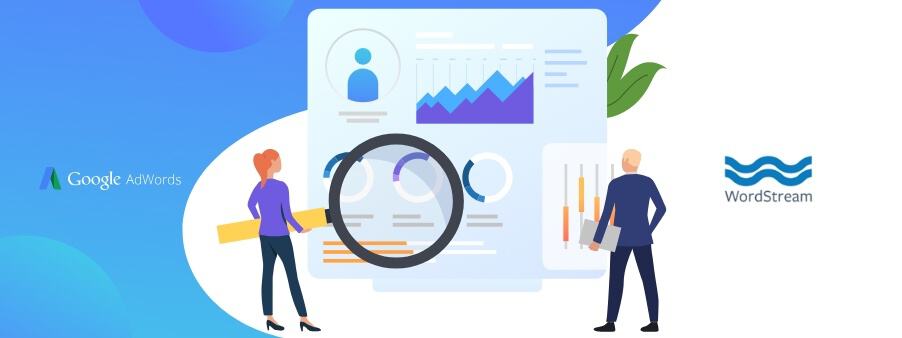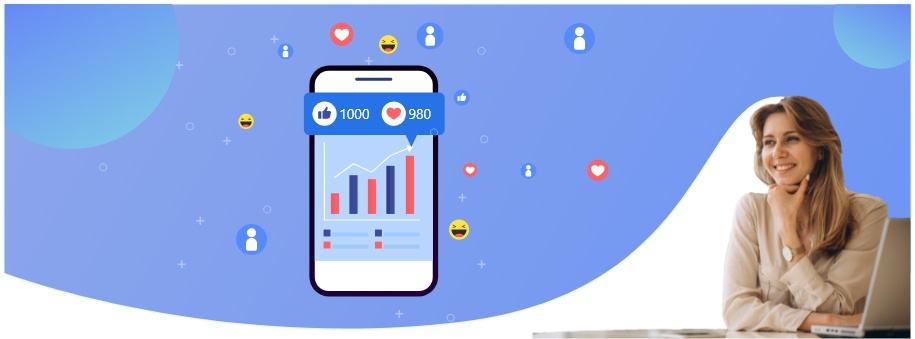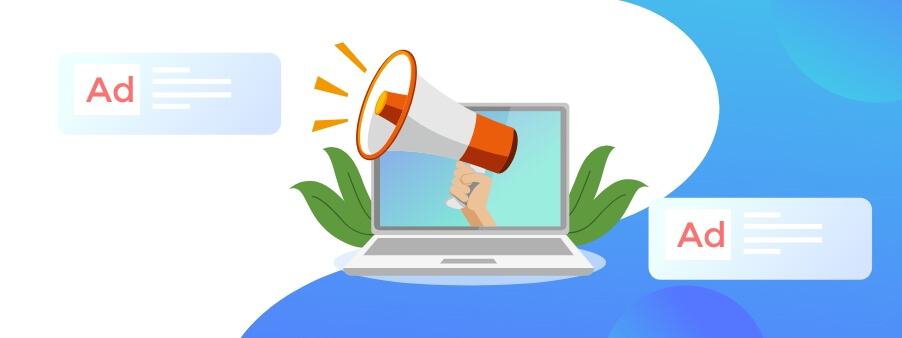Unlimited Data.
Infinite Possibilities.
Looking for B2B data? Download Unlimited data using our Chrome extension at just $79/month.
Marketing in the 1980s and 1990s was rather straightforward without the challenges and complexities most marketers face today. Over the last 20 years the demand for marketers to create remarkable customer experiences through creative approaches has surged exponentially.
Every marketer knows that good engagement leads to a higher demand generation which leads to a better ROI. Demand generation is a rapidly evolving landscape, which is why it’s important to keep with the times on what’s working for marketers.
These are some of the primary questions, when answered, will help you overcome those obstacles and figure-out what your company ought to do, to achieve an effective marketing campaign.
Let’s start from the beginning.
Simply put, demand generation is the process of creating interest and awareness in the products or services offered by your business. A company’s brand awareness is of the utmost importance. The higher your company’s brand awareness is, the easier it will be for your company to convince a consumer to purchase a product or service you offer.
Demand generation includes both inbound and outbound marketing efforts that include all forms of brand awareness and promotional activities such as creating engaging content, blogging, trade conferences and various other marketing campaigns.
In plain speak, a good ROI implies that the profit margin gained by a company is far greater than the investment made towards its marketing efforts.
Marketers that calculate ROI are 1.6 times more likely to receive higher budgets (HubSpot, 2016)
Demand generation focuses on the revenue cycle of a company. The first seven stages where buyers transform from prospects to leads to opportunities are critical for demand generation.

Whether its content or a discount or a promotional campaign, be sure to share your primo material. By doing there are several benefits-
First, a sense of trust is the most important step in developing a relationship between your potential buyer and your brand; this makes them want to visit your website more often.
Second, it increases your brand’s awareness and creates a sense of positivity amongst your clients.
Lastly, by offering a tangible benefit (such as bonuses, offers, tools and webinars) your visitors are more likely to engage with and follow your brand. Hence, you need to begin qualifying them as a viable lead; this is the first stage of demand generation.
Did you know: 79% of B2B marketers credit email as the most efficient channel for increasing demand generation efforts. (Content Marketing Institute)
Related Blogs: Social Media Content Calendar Template

One of the most viable ways to spread the word about your brand is by advertising a free app or tool. WordSteam and Google AdWords have the most excellent illustrations on how to increase your brand awareness.
Creating a free tool is not a straightforward task; there are a few inconveniences to consider such as an increase in budget and time constraints. Nevertheless, if you compare the production of your automation tool with that of the tool’s budget, it’s a huge advantage. The benefit to the customer is obvious and it creates a lot of positive brand equity.

As the name implies, you can acquire new customers by creating a target profile like your current followers. This includes behavioral and interest attributes from your followers.
How this works is, if you have already advertised your brand on social media (if not, it’s time you give this a shot) such as Facebook, you already have an audience of followers and brand loyalists. By, creating a look-alike audience profile based on these followers you can potentially double your reach on Facebook.
You can base the profiles on geographical location and behavioral traits by using the data which you’ve already gathered from your followers. The larger your look-alike audience, the more likely you are to be able to double your reach. This is an effective and powerful demand generation strategy; certainly, one you should try and use at your earliest convenience.

In this online age, webinars are essential to increase your brand awareness and ROI. Though they aren’t that easy to produce and need adequate preparation. Webinars have a positive effect on its participants. Simply put, if you don’t participate in webinars, why anyone would pay attention to you at all?
By partnering with famous people and influencers, you can boost your brand’s awareness. It will take time and effort to set up associations to urge prominent individuals to come to your webinars. However, when planning and producing webinars, always run with a respected, well-known specialist, who can offer useful tips, advice and strategies during sessions.

Display ads have certain limitations. Well managed ad-placements are more likely to gain a better response from target audiences rather than a scattershot of regular display ads.
You can have ads placed two ways, the first is through programmatic advertising which basically means that the ads are automated or scheduled in advance. The other, is through Real Time Bidding (RTB). This is the process where a bid is placed with the ad exchange from the moment a user enters your website. You can target specific individuals based on a range of factors like gender, age, etc. This process roughly takes about 0.2 secs to be completed.
Ad placements work best for raising brand awareness and programmatic ads are an effective way to apply remarketing practices. An equal combination of both approaches will yield the most optimal outcomes.
Marketing Facts: For every $1 of email marketing, the average return rate is $38. (EmailMonday)

With all the noise a customer is subjected to across digital channels, it’s important to remarket your message to ensure that it resonates with your target audience. Remarketing is an effective and efficient way to increase your conversion rates. For instance, after creating an online site and doing incredible work in drawing traffic to the site, it’s terribly disappointing to see low conversion rates or low repeat buyers. Therefore, remarketing the same website by using programmatic display marketing will help you increase brand and product recall and will also hike up the conversion rates.

Inbound marketing is a huge part of successful demand generation. A solid content strategy should include your very best content and an invaluable go-to resource outlet. This leads to long-term investment like that of demand generation.
Marketing Facts: 48% of buyers view 3-5 pieces of content before engaging with a sales representative. (HubSpot)

Email marketing can be a powerful part of your demand generation. Here the tag “less is more” certainly applies. By constantly spamming the inbox of your potential clients will only make them tune-out or worse, make them “unsubscribe”. If you offer your very best tools, content or discounts will make your prospects to look forward to hearing from you. It’s important to monitor the performance of key metrics like open rates, click through rates and bounce rates to evaluate the audience engagement on emails and use that to drive continuous improvement.
Related Blogs : 5 Common Email List Mistakes To Avoid

Lead rating is one of the best ways to decide whether you have quality prospects or are raising the quality of leads.
These scoring updates will help you look at actions taken at various points on your brand’s website. For example, who has viewed a specific page and how many times, who has considered buying or has expressed their interest in downloading a free tool of yours.
Delivering results and increasing ROI has never been this easy. Increasing the quality of your data and reaching out to your targeted audience are the two best ways to raise your dividends.

Author
A content curator who focuses on start-ups B2B marketing platforms.
Skills: Writing and proofreading skills, Strategic Planning, Strong Research Expertise, Adaptability, Communicate